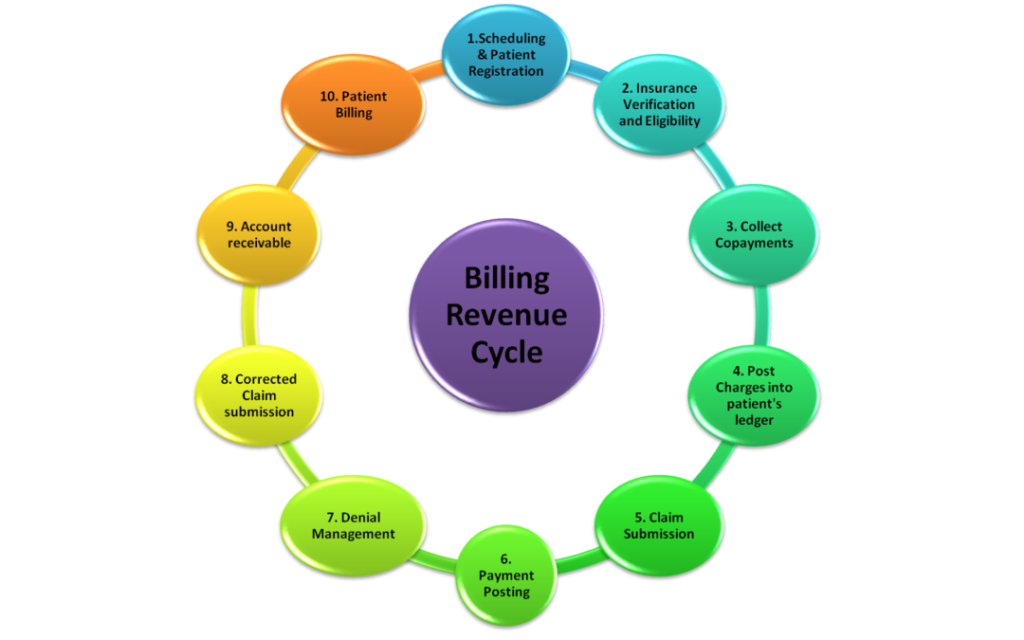5 Major Financial Threats To The CEO Optometrist in Private Practice – #4 Overspending

Overspending
The Cambridge dictionary defines overspending at the act of spending more money than you have or more than was planned or agreed. Do you have a budget for your practice? Do you know where your money is coming from and where it’s going?
A practice without a budget is at risk for a host of financial problems down the road. This is true for practices of all ages and sizes. A practice that doesn’t know where its money is coming from or where it is going to isn’t in a position to make a profit, take advantage of investment opportunities or even make long-term commitments to patients.
Conversely, a practice with a detailed business budget can create a road map for financial success and opportunities to expand.
In this section of the series on financial threats, I will go over why creating a budget is crucial to your success and give some tips on how to create “common sense” budget.
Benefits of Budgeting
A carefully constructed budgets allows a business to continually track where they are financially. This allows for strategic, long-term planning for everything from current operating costs to potential expansion. Knowing where the budget stands opens up the ability to hire new staffers, invest in new product lines and set earning goals in line with the organizations’ corporate financial objectives. Other benefits include:
While some businesses are overly cautious with their spending, the other extreme is the more common mistake. Temper your enthusiasm with a realistic appraisal of where you’re spending your money. Every expense and investment should be carefully considered so that your valuable capital doesn’t leak away before you begin generating profits
Mistake #1: Incurring Too Much Debt Upfront
Having a large amount of debt can quickly spiral into a nightmarish situation. As a general rule, look for ways to streamline your expenses and re-investing profits rather than borrowing more money. It’s better to fund your future growth with profits rather than with money you have to pay back along with interest.
Mistake #2: Investing in Unprofitable Advertising
Advertising is another area where it’s all to easy to overextend yourself. This can be particularly treacherous, because you can tell yourself that you are building brand awareness and attracting new customers, leads or website traffic. The problem is, much advertising tends to be wasted money that brings insufficient returns. When I put up my first business website, I assumed that the best way to get lots of traffic (and make sales) was to pursue an aggressive Google AdWords strategy. This turned out to be a big mistake. As I later found out, the type of advertising I was doing was more effective for getting leads than selling products outright (which is what my ad campaigns were attempting to do).
Before you do any type of advertising, make sure you set specific goals. Many types of online advertising, for example, are better suited for getting leads than for directly selling a product or service. This means you need to have a sufficient budget to think long term, since it may be at least a few months before you start seeing returns on your advertising.
Always do thorough testing and tracking of your advertising. This allows you to determine how effective each campaign is and alerts you to signs that you need to change your approach. If I had done more of this early on in my Google advertising efforts, I would have wasted far less money.
Finally, if you are starting a business with a limited budget, look for alternatives to paid advertising. This may include search engine optimization, various types of guerrilla marketing and online content marketing.
Mistake #3: Purchasing Products and Services You Don’t Need
People who are anxious to get their businesses up and running don’t always do enough comparison shopping when choosing essential products and services. This isn’t to say that the cheapest solution is always best. However, there’s no reason to spend 25 percent more on something when you can get basically the same thing for a lot less.
In my own case, I overspent on more advanced and complicated software systems than our small company really needed at the time. Not only was it a big expense, but the learning curve needed to use this technology was a drain on everyone’s time, including my own. A simpler system would have been both more economical and easier to use.
In the beginning, you should be looking for ways to streamline your expenses. Similarly, you should always do plenty of comparison shopping before choosing vendors or service providers.
Bottom Line: Be Frugal and Be Realistic
While some businesses are overly cautious with their spending, the other extreme is the more common mistake. Temper your enthusiasm with a realistic appraisal of where you’re spending your money. Every expense and investment should be carefully considered so that your valuable capital doesn’t leak away before you begin generating profits.
In Conclusion:
Disruption, means using completely new approaches: a new technology, a new combination, a new business model. It requires innovation-oriented leadership, a culture promoting creativity and courage as well as processes designed to help generate something new – and not to defend something obsolete. Clearly, these are enormous challenges for many practices. But accepting them is essential for success in the age of disruption.
[/et_pb_text][et_pb_cta _builder_version=”3.17.6″ title=”Get the tools you need to protect yourself from major threats to your practice success. ” button_text=”Sign up” button_url=”https://optometrydivas.com/consulting-enquiry/” url_new_window=”on” link_option_url=”https://optometrydivas.com/consulting-enquiry/” link_option_url_new_window=”on” background_color=”#e02b20″ header_level=”h1″ header_font=”|800|||||||” body_text_align=”center”]Sign up for our CEO of YOU Business Consulting today!
[/et_pb_cta][/et_pb_column][/et_pb_row][/et_pb_section]





Responses